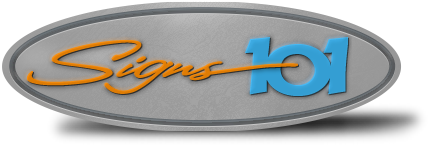Hi to all
I have been in the sign business for many years. I started with a Roland EX 540 pro11 print and cut machine using Flexipro software and I am absolutely glad it was recommended to me. My daughter wants to get into the sign business in a small community, and serve the district and area where she and her husband live.
She has experimented with a few freebies such as canva. She did buy corel draw but finds it frustrating to work with. Of course I suggested Flexipro but rightly leasing it is not viable for her at this time. I have suggested autocad only because I know of it as a design program. She has purchased a Roland TrueVis SG300 print and cut machine. What design software do you use or recommend that is compatible outside of programs like flexipro and the like.
Thank you to all
Alex
sg
I have been in the sign business for many years. I started with a Roland EX 540 pro11 print and cut machine using Flexipro software and I am absolutely glad it was recommended to me. My daughter wants to get into the sign business in a small community, and serve the district and area where she and her husband live.
She has experimented with a few freebies such as canva. She did buy corel draw but finds it frustrating to work with. Of course I suggested Flexipro but rightly leasing it is not viable for her at this time. I have suggested autocad only because I know of it as a design program. She has purchased a Roland TrueVis SG300 print and cut machine. What design software do you use or recommend that is compatible outside of programs like flexipro and the like.
Thank you to all
Alex
sg
